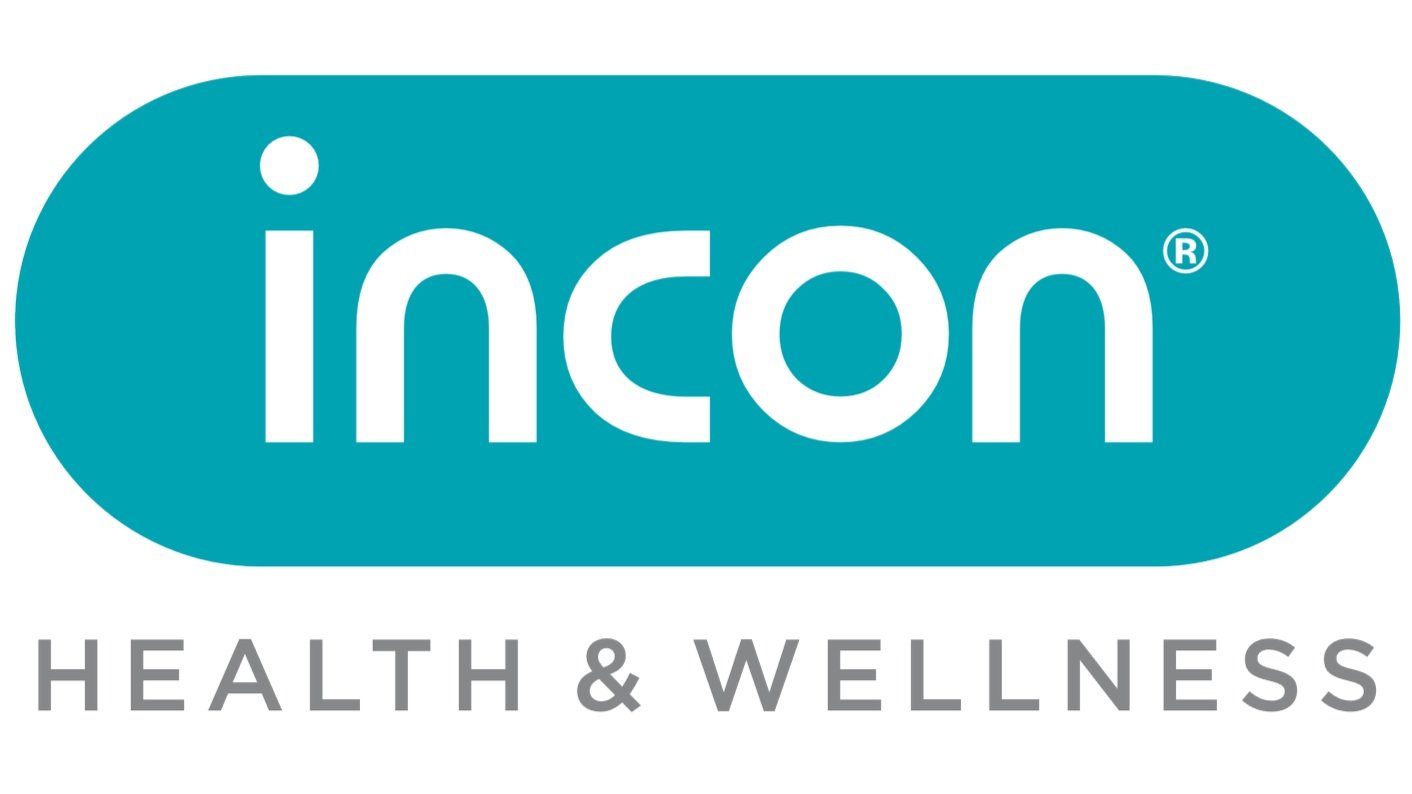End-of-Year Fatigue and Burnout?
As the year draws to a close, many individuals find themselves grappling with a familiar adversary: end-of-year fatigue and burnout. The combination of increased workloads, holiday stress, and the pressure to meet year-end goals can take a toll on physical and mental well-being. In this article, we will explore the phenomenon of end-of-year burnout and discuss how Employee Assistance Programmes (EAPs) can provide crucial support to help individuals navigate this challenging period and emerge stronger.
Understanding End-of-Year Fatigue and Burnout:
End-of-year fatigue and burnout are not uncommon in workplaces across various industries. Several factors contribute to this phenomenon:
Increased Workload: Year-end often brings a surge in work as employees rush to meet deadlines and complete projects, leading to longer hours and heightened stress.
Holiday Stress: The holiday season, while joyous, can also bring its own set of stressors, including gift shopping, social obligations, and family-related concerns.
Reflection on Goals: As the year comes to an end, individuals may reflect on their personal and professional goals, which can be emotionally taxing if they haven't been achieved.
Burnout: Prolonged periods of stress and overwork can lead to burnout, characterised by physical and emotional exhaustion, reduced performance, and a sense of detachment from work.
EAP Intervention: A Lifeline in Challenging Times:
Employee Assistance Programmes are a valuable resource that can provide crucial support to individuals facing end-of-year fatigue and burnout:
Confidential Counselling: EAPs offer access to confidential counselling services, allowing individuals to discuss their stressors, anxieties, and emotions with trained professionals.
Stress Management: EAPs can provide resources and strategies for managing stress effectively, helping individuals develop coping mechanisms and resilience.
Work-Life Balance: EAPs can offer guidance on achieving a healthy work-life balance, ensuring that employees have time for relaxation and self-care.
Goal Setting and Achievement: EAP counsellors can assist individuals in setting realistic goals and developing action plans to achieve them, reducing feelings of failure or disappointment.
Mental Health Support: EAPs offer mental health support, providing individuals with tools to address anxiety, depression, and other mental health concerns that can contribute to burnout.
End-of-year fatigue and burnout are real challenges that many individuals face as the year draws to a close. Employee Assistance Programmes play a vital role in providing support, guidance, and resources to help individuals navigate these difficult times.
By proactively promoting EAP services and encouraging employees to seek assistance when needed, organisations can foster a healthier and more resilient workforce, ensuring that everyone makes it through the end of the year with their well-being intact.

